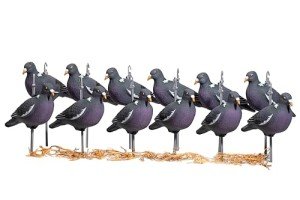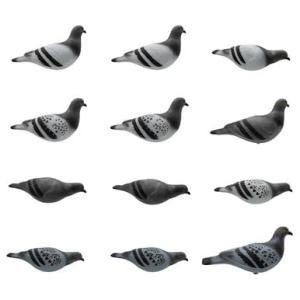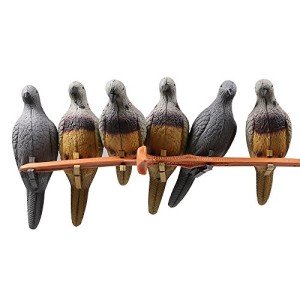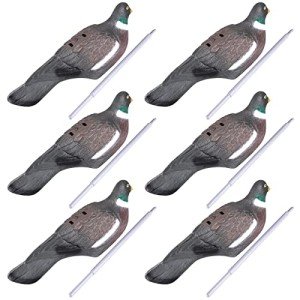Pigeon Hunting 101: A Beginner’s Guide
Pigeon hunting is an activity that combines skill, patience, and respect for nature. Whether you’re looking to hone your shooting skills, enjoy the outdoors, or harvest birds for culinary purposes, hunting pigeons can be a rewarding experience. This guide provides the basics you need to get started.
Why Hunt Pigeons?
Pigeons, often referred to as rock doves, are plentiful in many areas, making them an accessible target for hunters. They are considered an invasive species in some regions and can cause significant agricultural damage, so hunting them can also help control their population. Additionally, pigeon meat is lean, flavorful, and can be used in various recipes.
Legal Considerations
Before heading out, it’s crucial to check your local hunting laws and regulations. Pigeons are sometimes classified as a nuisance species, allowing for more lenient hunting rules. However, hunting in urban or suburban areas may require special permits or be prohibited altogether. Always ensure you’re compliant with local laws and have the necessary licenses.
Equipment Needed
-
Firearm: A 12-gauge or 20-gauge shotgun is commonly used for pigeon hunting. Opt for lighter loads to avoid excessive damage to the bird.
-
Ammunition: Use #7.5 or #8 shot for an effective and humane kill.
-
Clothing: Wear camouflage or neutral-colored clothing to blend in with your surroundings.
-
Decoys: Using pigeon decoys can attract birds to your hunting area.
-
Hunting Dog (Optional): A trained dog can retrieve downed birds, making your hunt more efficient.
-
Binoculars: Helpful for spotting pigeons from a distance.
Finding the Right Hunting Location
Pigeons are highly adaptable and can be found in a variety of environments. Look for these common habitats:
-
Farmlands: Pigeons are attracted to grain fields, especially during harvest.
-
Urban Edges: Old barns, silos, and bridges are favorite roosting spots.
-
Water Sources: Pigeons often congregate near ponds or rivers to drink.
Scout the area ahead of time to determine pigeon flight patterns and feeding times.
Hunting Techniques
-
Pass Shooting: Position yourself along known flight paths and wait for pigeons to pass within shooting range.
-
Decoy Hunting: Set up decoys in an open field to attract pigeons. Use a layout blind to remain hidden while you wait.
-
Spot and Stalk: Use binoculars to locate pigeons and carefully approach them while staying concealed.
Safety Tips
-
Always identify your target and what lies beyond it before pulling the trigger.
-
Wear protective eyewear and ear protection.
-
Practice proper firearm handling and transport rules.
-
Avoid hunting in areas with high human activity to minimize risks.
Post-Hunt Care
Once you’ve harvested pigeons, proper handling is essential to ensure the meat is safe to eat:
-
Field dress the birds as soon as possible to prevent spoilage.
-
Pluck or skin the birds and remove the entrails.
-
Rinse the carcass with clean water and store it on ice until you’re ready to cook or freeze the meat.
Cooking Pigeon
Pigeon meat is versatile and can be prepared in many ways. Popular methods include grilling, roasting, and braising. The dark, rich meat pairs well with herbs like thyme and rosemary, as well as bold flavors like garlic and red wine.
Final Thoughts
Pigeon hunting is an excellent way to sharpen your skills, enjoy time in nature, and provide sustainable meat for your table. By following local laws, using the right equipment, and practicing ethical hunting, you can make the most of this rewarding outdoor pursuit.




